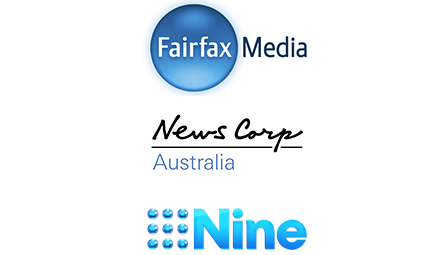Fairfax Media, News Corp and Nine to explore shared user IDs
Fairfax Media, News Corp and Nine are to explore a co-operative which will see anonymised digital identities shared between the three company’s media platforms.
Announced at News Corp’s Future Media Lab yesterday afternoon, the initiative promises to give marketers access to targeted audiences through the publishers’ authenticated user ID’s.



This is the official confirmation that traditional news media is dead. Fairfax once maintained high margins and premium yield through superior demographics. Now they are commoditised and effectively worthless. News gets a last gasp freebie from the foundering fairfax. Nine gets to pretend its digital presence is meaningful.
The next stage in this tragic process of gross incompetence is to see what happens to google when the local news media are dead. It’s not far to go.
Dear Fairfax, DO NOT EVER share any of my details with Murdoch. Many thanks.
Thanks for the deets.
Regards,
Rupert
Only when staring at death do they move. Typical.
The Mumbrella commenting cesspit is alive and well. Will anyone in this section ever recognise industry progress? This is potentially massive.